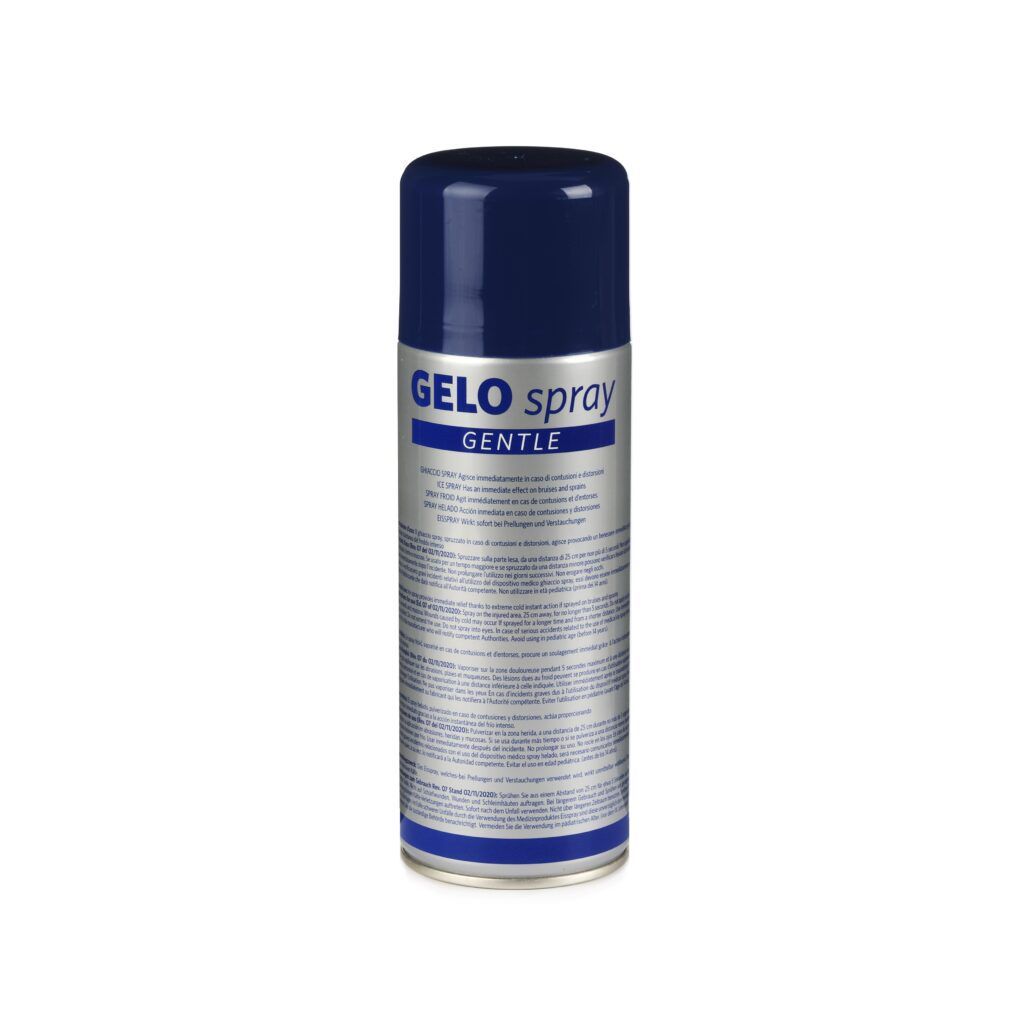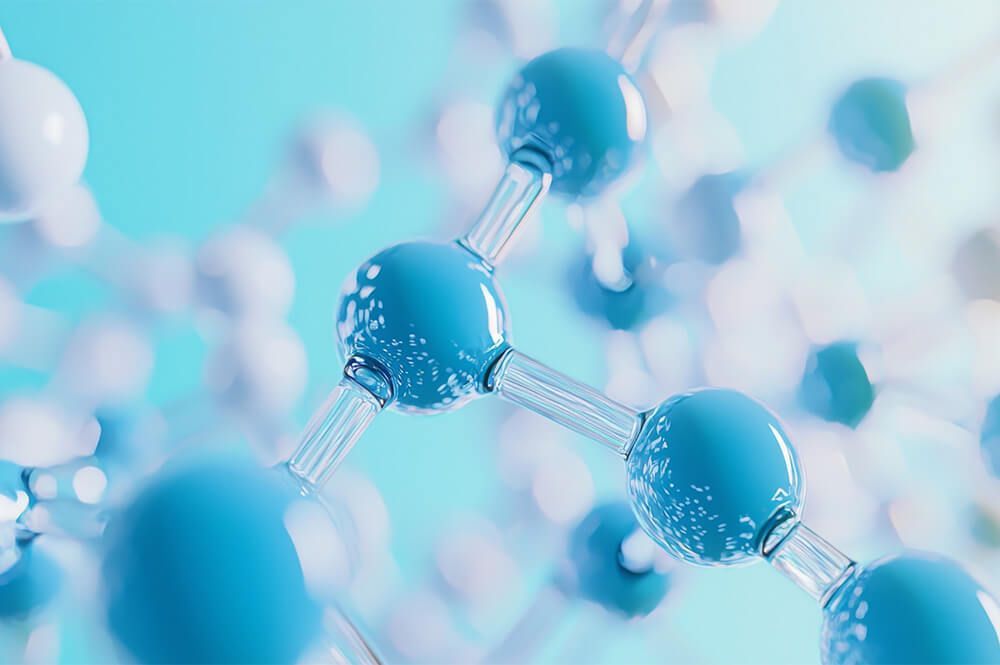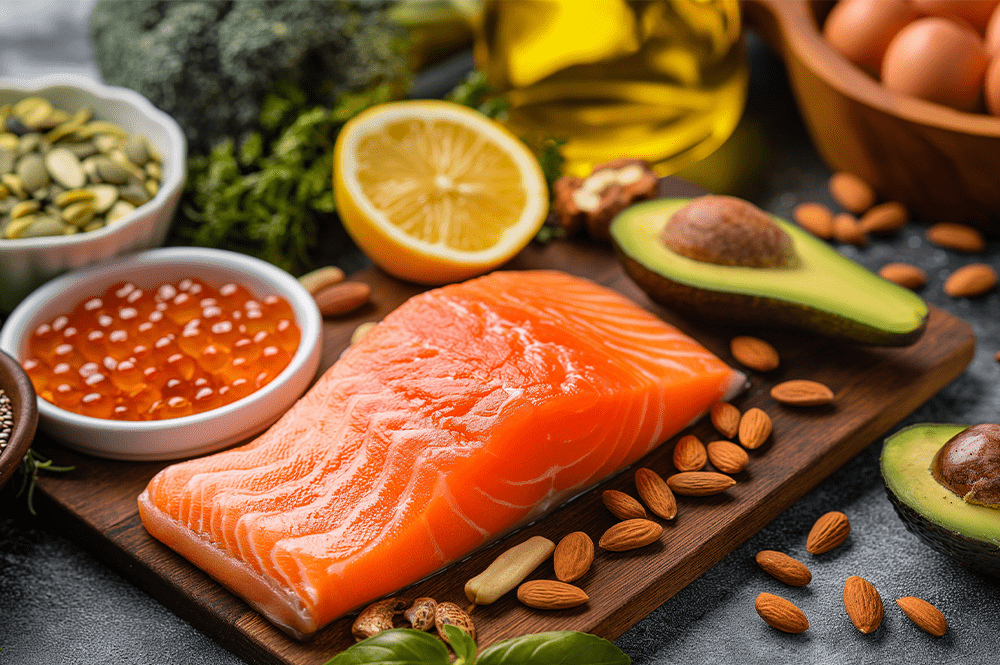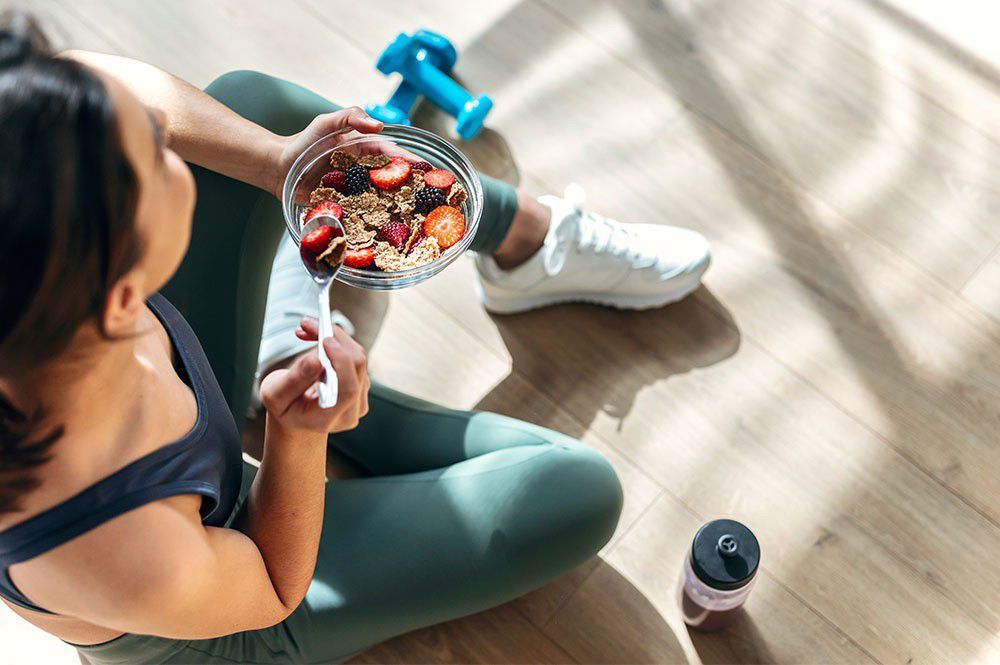Food for athletes
Food pyramid: the key to an athlete’s nutrition

The food pyramid: what is it?
The food pyramid visually represents the principles of a healthy and balanced diet. It is divided into horizontal levels based on food types, grouping them according to the recommended daily and weekly intake. At the base, you’ll find complex carbohydrates (such as bread, pasta, rice, and cereals) and water. As you move up the pyramid, you reach protein-rich foods like lean meat, fish, legumes, dairy, and eggs, along with fruits and vegetables. At the top of the pyramid, you’ll find foods that should be consumed in moderation, such as saturated fats and refined sugars. Having an understanding of the food pyramid can be a practical guide to balancing meals correctly. However, athletes must adapt this general structure to meet their specific energy and performance needs.Adapting the food pyramid for athletes
The relationship between nutrition and sports is crucial for achieving goals and benefiting from physical activity. Food provides the necessary energy for performance and the nutrients needed to build and repair muscles. Since every person, goal, and metabolism requires different dietary approaches, consulting a nutrition expert is always recommended. However, in general, we can modify the food pyramid to better suit athletes. Adjusting the food pyramid for physical activity helps enhance performance during training sessions. A well-balanced diet tailored to an individual’s energy and nutritional needs is key to optimizing training efficiency. The goal is to balance macronutrients to ensure sufficient energy for exercise, support muscle recovery, and prevent vitamin and mineral deficiencies. At the base of the pyramid, complex carbohydrates play a significant role in muscle function during endurance or high-intensity sports. Athletes should increase their intake of whole grains and legumes to provide sustained energy. Proteins are essential for muscle repair, tissue building, and immune system support. Lean meats, fish, eggs, nuts, and low-fat dairy products are excellent choices for accelerating muscle recovery and reducing the risk of injury. These foods belong to the mid-level of the pyramid. Eating a protein-rich snack or a carbohydrate-dense bar before or during training can help optimize recovery. Additionally, athletes need to incorporate healthy fats, which are found at the top of the traditional food pyramid. These fats provide concentrated energy, aid in the absorption of fat-soluble vitamins (A, D, E, K), and contribute to cardiovascular health. Consuming healthy fats, especially in main meals, is crucial for maintaining overall well-being. For snacks between meals, athletes can opt for high-fiber, high-carbohydrate, protein-rich bars containing polyunsaturated fats, vitamins, and minerals to boost energy levels before training. Finally, hydration is a key aspect often overlooked but crucial for athletic performance. Recommended hydration guidelines include:- Drinking 500 ml of water 2-3 hours before training
- Consuming 150-250 ml every 15-20 minutes during activity, especially for intense or prolonged sessions
- Replenishing lost fluids by drinking 1.5 liters of water per kilogram of body weight lost after training
Healthy eating habits for athletes
Developing good dietary habits allows athletes to maximize performance and optimize recovery. This means following personalized diets based on the type of sport, training intensity, and individual metabolism. Here are some practical tips:- Distribute meals properly throughout the day – This is essential for maintaining steady energy levels and promoting good digestion.
- Include snacks and supplements – They provide an additional energy source on training days.
- Prioritize sleep – Rest and recovery are vital for preparing the body for the next workout.
- Incorporate Omega-3s – These healthy fats have anti-inflammatory properties that improve circulation and help reduce muscle soreness.
- Ensure a well-balanced diet – Meals should support performance without causing discomfort before training and aid in optimal recovery afterward.
Common nutrition mistakes athletes should avoid
Some common nutritional mistakes can negatively impact athletic performance. To maintain peak performance, athletes should avoid:- Skipping meals – This can lead to energy drops and reduced concentration.
- Excessive protein or simple sugar intake – Overconsumption can negatively affect performance.
- Not drinking enough water – Dehydration reduces muscle function and overall performance.









